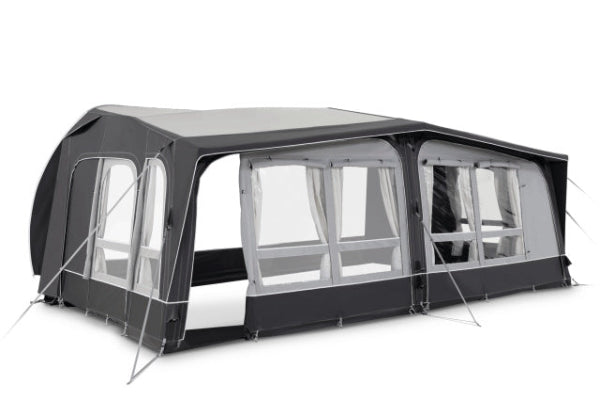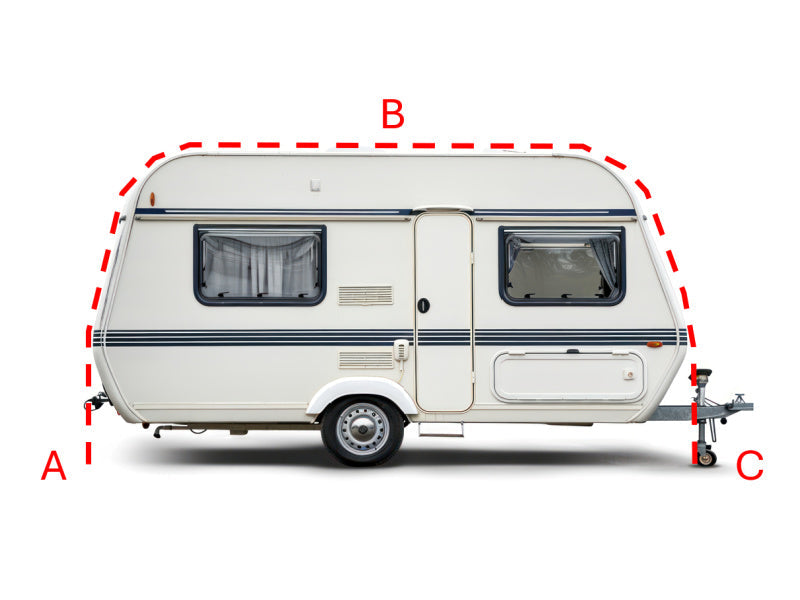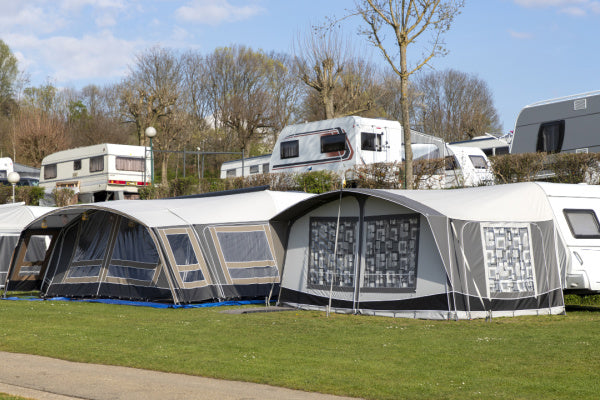Glamping Pods Plans: Elevate Your Outdoor Getaway
Tired of soggy tents and bug-bitten nights? Glamping pods are your cheat code to luxury in the wild. With smart plans and cosy designs, they turn any patch of land into a mini-retreat. Short answer? They’re worth it. Stick around to learn how to plan the perfect pod escape.
Exploring Glamping Pod Plans: From Inspiration to Construction
Imagine a luxurious retreat right in nature, where the outdoors is just steps away. Glamping pods have become a top pick in the UK for those after a unique outdoor experience. They offer a blend of nature and modern comfort—ideal for peaceful escapes or a creative side business.
With tailored designs and practical plans, it’s easy to turn almost any space into something special. Whether you're upgrading your garden or starting a rental venture, glamping pods offer both charm and potential.
This guide walks you through the key types, sources, and building essentials for creating your own perfect pod.
Popular Types of Glamping Pod Plans
The Classic Arch: Barrel and Tunnel Pod Designs
Barrel and tunnel-shaped pods are timeless for good reason. Their rounded design is simple, compact, and cosy—perfect for small plots and minimalist setups.
These structures are easy to insulate and have a natural, welcoming appearance. They’re a favourite for solo travellers or weekend retreats.

A-Frame and Cabin-Style Pod Plans
A-frame and cabin-style pods bring sharp lines and a roomy feel. The tall roof allows space for storage or sleeping lofts.
They work well in areas where vertical space is a plus. Cabin-style layouts often include larger windows and traditional touches, making them ideal for longer stays.
Geodesic Dome and Yurt-Inspired Structures
Domes and yurts offer a unique experience with a visual punch. Their rounded shapes feel spacious and naturally blend with the environment.
Geodesic designs are particularly strong against wind and weather, while yurts bring soft, organic lines. Both appeal to eco-conscious travellers and event hosts alike.
Unique and Unconventional Pod Blueprints
Looking to stand out? Unusual glamping pod plans—like glass cubes, elevated nests, or pods with retractable walls—offer bold alternatives.
These blueprints often focus on wow factor, ideal for social media–ready destinations or luxury rentals. They may require more planning but offer high rewards.
Sourcing Your Glamping Pod Plans
Free vs. Paid Plans: What to Expect
Free plans are a great place to start. They offer inspiration and simple outlines, but often lack detail and accuracy.
Paid plans usually include full blueprints, materials lists, and build instructions. For serious builds, they’re well worth the investment.
Where to Find Downloadable Blueprints and Schematics
You can find plans on architectural sites, specialist cabin blogs, and design marketplaces. Some YouTube channels even offer downloadable PDFs.
Always check reviews or real-world photos to see if others have built the design. That’s a good sign of quality and practicality.
Custom Designs: Working with an Architect or Designer
If your land has quirks or you're after a very specific look, hiring a designer can help. Custom plans ensure a perfect fit for your needs and local conditions.
This route costs more, but gives peace of mind—especially when dealing with planning permissions or unusual features.
Key Elements to Look for in a Good Plan
Detailed Floor Plans and Dimensions
A quality plan includes accurate floor layouts with all necessary measurements. This avoids guesswork and helps with material prep.
Look for interior elevations and clear markings for windows, doors, and utilities.

Materials List and Cost Estimates
Good plans come with a full bill of materials. This helps you budget properly and reduces the chance of costly delays.
Check for recommended brands or alternatives in case local options are limited.
Step-by-Step Construction Guide
An easy-to-follow build guide is vital. It should explain each stage clearly, especially for DIY builders.
Photos, diagrams, or even video links can be a bonus.
Foundation and Base Requirements
Every solid pod starts with a proper base. Your plan should explain whether you need a timber platform, concrete slab, or other foundation type.
Skipping this part can lead to major issues later on.
Building Your Own Glamping Pod: A DIY Guide
Creating glamping pods is a mix of luxury, practicality, and a bit of elbow grease. Whether it’s a solo project or a family effort, having the right tools and plan is everything.
Essential Tools and Materials
The Basic Toolkit for a DIY Build
You’ll need the basics: hammer, cordless drill, saws, spirit level, clamps, and measuring tape. Don’t forget your PPE—gloves, safety glasses, and dust mask.
Power tools make the job quicker but aren't strictly necessary.
Choosing the Right Timber and Insulation
Timber choice affects both durability and aesthetics. Treated pine, cedar, or larch are common picks.
For insulation, eco-friendly options like sheep’s wool or hemp fibre add both comfort and sustainability.
Windows, Doors, and Finishing Touches
Double-glazed windows help with heat retention. Solid core doors offer insulation and security.
Inside, add your personal flair—built-in storage, soft lighting, and natural textures work beautifully.

Common Challenges and How to Overcome Them
Navigating Building Permits and Regulations
Always check with local planning departments before you build. In the UK, some pods may fall under permitted development, but not always.
Being caught out later can mean costly corrections or removals.
Ensuring Your Pod is Weatherproof and Durable
Weather-proofing is a must in the UK. Seal every gap, use quality roofing membranes, and treat exterior wood.
Choose finishes that can handle wet seasons without warping or rotting.
Tips for a Successful and Stress-Free Build
Plan ahead, don’t rush, and allow time for delays. Build during dry weather if possible.
Stick to your budget, follow your plan, and enjoy the process. Building your own pod is as rewarding as staying in it.
Other content you might like:





Leave a comment